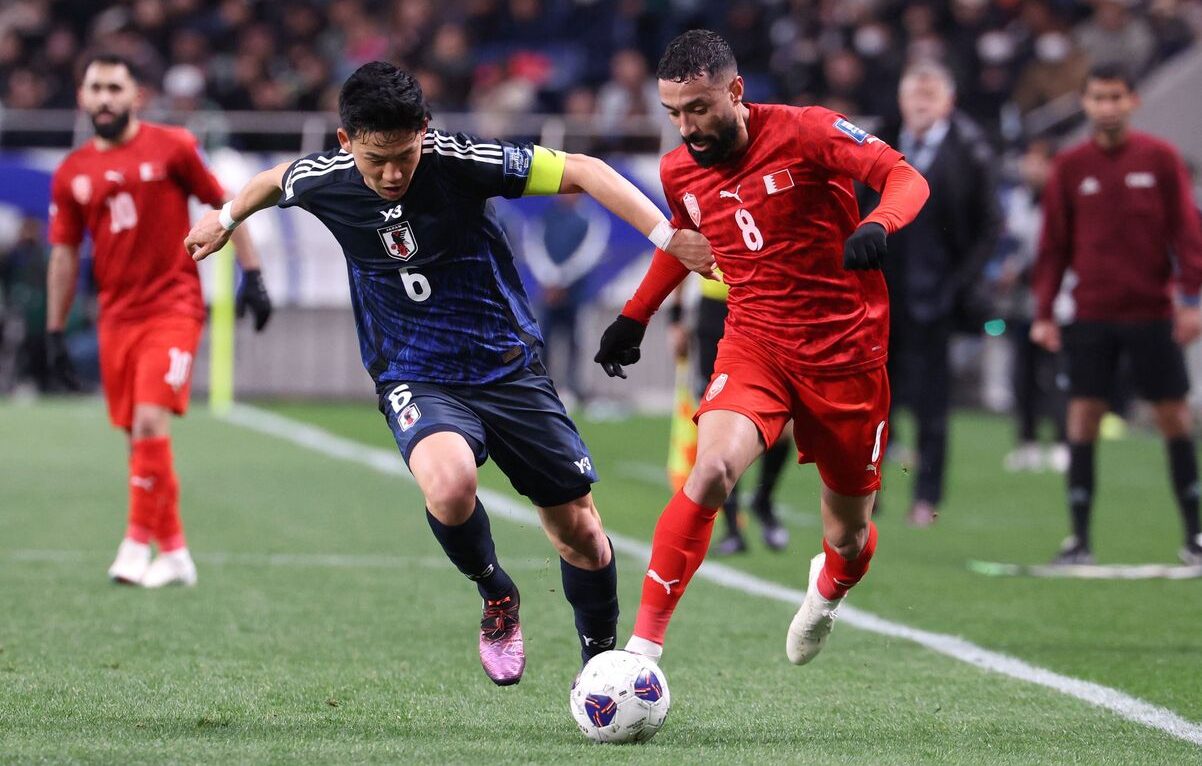
GLASGOW — Seven fixtures with six wins, one draw, and Japan can start planning to spend next summer in North America. The 23rd edition of the FIFA World Cup will run from June 11 to July 19, 2026, in Canada, the United States of America and Mexico. The three host nations automatically gained entry to the 48-team competition.
Thanks to its professional and consistent approach to the final stage of Asian qualifying, Japan became the first national team to join the three host nations, sealing its place in the tournament with a 2-0 win over Bahrain in Saitama on March 20.
After the win over Bahrain confirmed Japan's qualification, manager Hajime Moriyasu said, "It's thanks to everyone's support that we've been able to get through the tough qualifiers, including today's game."
He continued: "The starters gave their all before handing the baton over to the substitutes and it felt like the players really showed what it means to win a game with a total team effort."
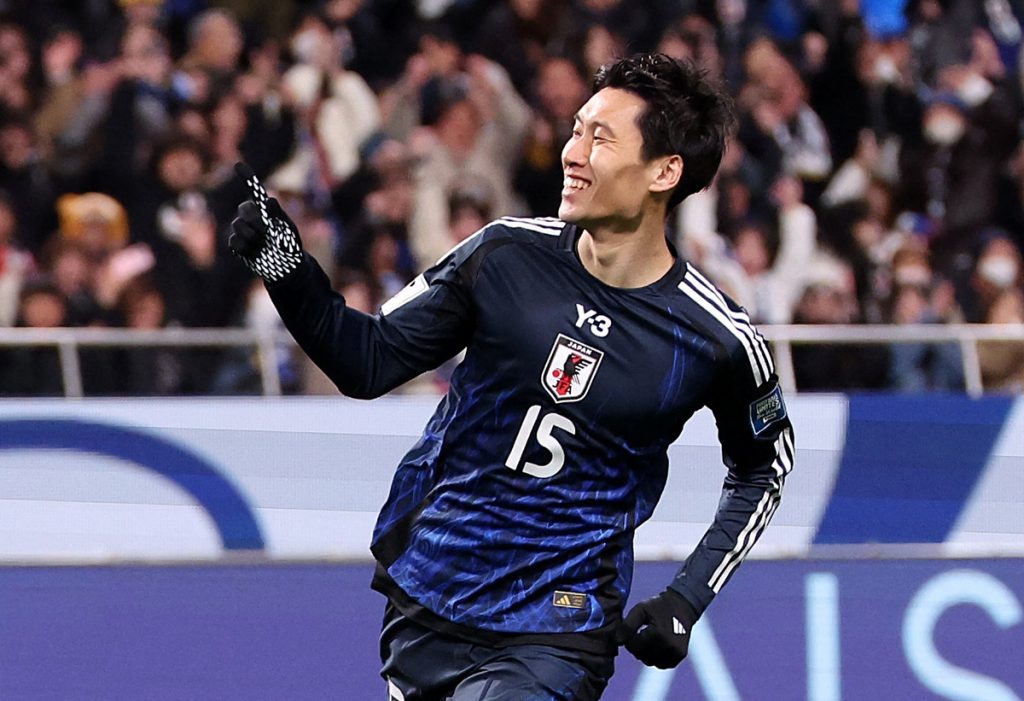
The international dates in September, October and November 2024 and March of 2025 saw Japan make its way to the World Cup in dominant fashion. In its seven fixtures, Japan scored 24 goals with only two conceded. It's fair to say that throughout qualifying, the Samurai Blue lived up to their top-20 ranking within FIFA.
As qualifying campaigns go it was free of any drama or tension for Japan and its fans. Here is some analysis on the seven fixtures that have taken Japan to its eighth consecutive World Cup.
Recapping the Results
With international soccer being crammed into a hugely congested calendar, managers and coaches don't have much time to spend with their teams. Everything is done to appease the powerful European clubs who don't like releasing their players to represent their nations. Therefore, international qualifiers are played in batches of two throughout the months of September, October, November, March and June.
Japan was drawn to face Australia, Saudi Arabia, Bahrain, China and Indonesia in the third phase of the Asian Football Confederation (AFC) qualifiers. It kicked off its campaign on September 5, 2024, with a huge 7-0 win over China at Saitama Stadium. Five days later, Japan was in Riffa, Bahrain, where it defeated the hosts 5-0.
Not as many goals featured in the October qualifiers, with Japan settling for a 2-0 win over Saudi Arabia in Jeddah on October 10, 2024, before it was held to a 1-1 draw at home by Australia on October 15.
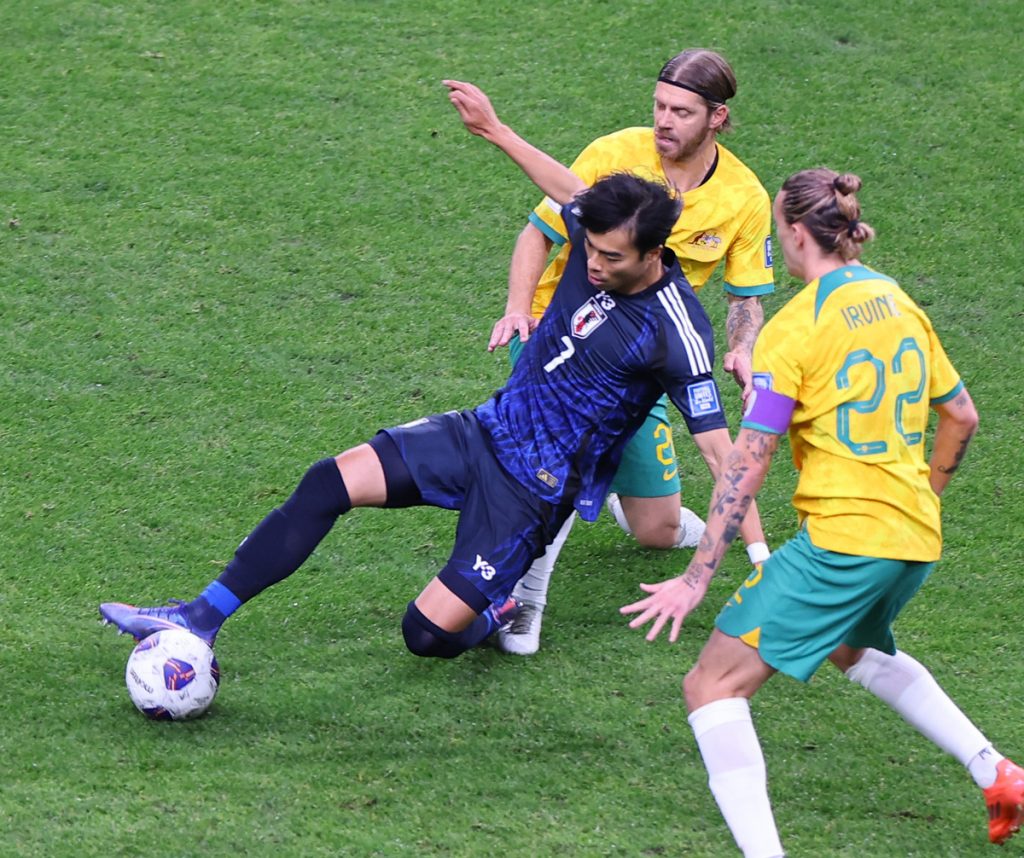
There was no panic, though, and Japan reasserted its dominance during the November international dates. Indonesia was swept aside 4-0 in Jakarta on the 15th with another away win following on the 19th ― this time over China again ー 3-1 in Xiamen.
This sequence of results presented Japan with the opportunity to seal qualification on March 20, 2025, when the qualifiers resumed. Bahrain put up a fight, making the fans at Saitama Stadium wait until the 66th minute for the deadlock to be broken. Japan scored again before the end and the qualifying mission was accomplished.
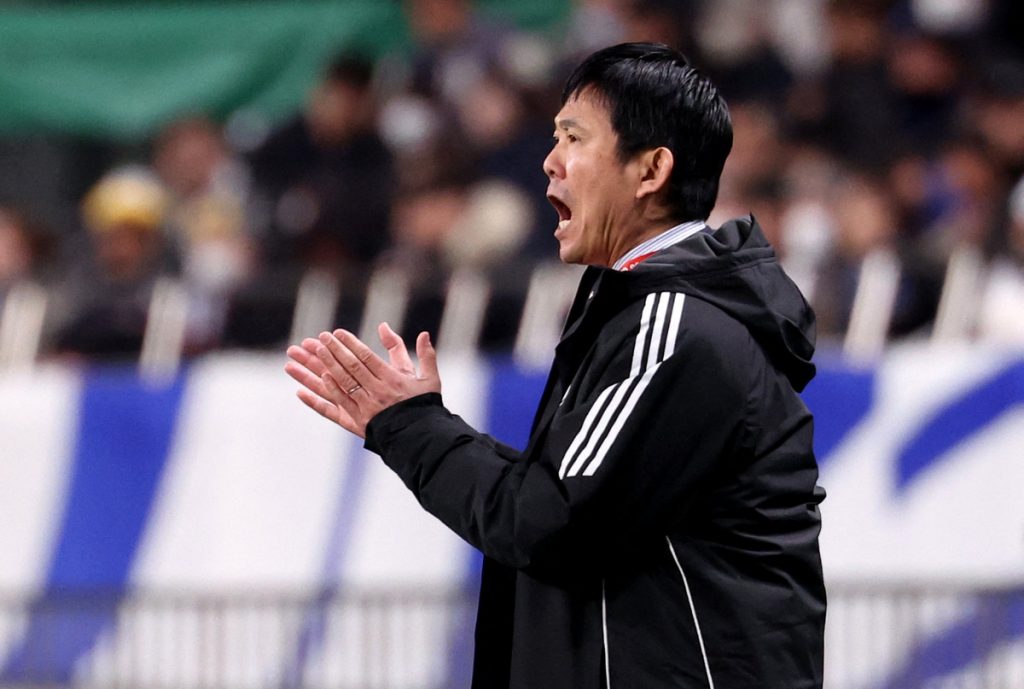
Selection Consistency the Key for Samurai Blue
Looking deeper at Japan's run to next summer's World Cup, the excellence of manager Moriyasu must be noted.
As mentioned, international managers don't have much time to work with their players. They arrive from all over the world, play two matches in the space of five days and are gone again until the next international date.
Moriyasu dealt with this issue by using a 3-4-2-1 formation in each game and keeping his team selections as consistent as possible. This keeps things simple for players playing in a team with large gaps between fixtures. It also helps to foster more of a club atmosphere within the squad ― everyone knows their job within the team and is ready when called upon. Highly intelligent management.
Goalkeeper Zion Suzuki played all seven matches. The back three of Ko Itakura, Shogo Taniguchi and Koki Machida started the first four fixtures, allowing the defense and goalkeeper to work together as often as possible at the national team level.
Further up the pitch, Moriyasu selected Ritsu Doan and Kaoru Mitoma in the wide midfield or wing-back positions, with Hidemasa Morita and captain Wataru Endo employed in central midfield. This quartet started five out of the seven fixtures. They are clearly their manager's first-choice players for the midfield area.
In the attacking positions, Takefusa Kubo, Takumi Minamino and Daichi Kamada rotated in the two positions behind the lone striker. Ayase Ueda started in the striker position in five of the seven matches; in the two he missed through injury, Koki Ogawa deputized well, scoring twice.
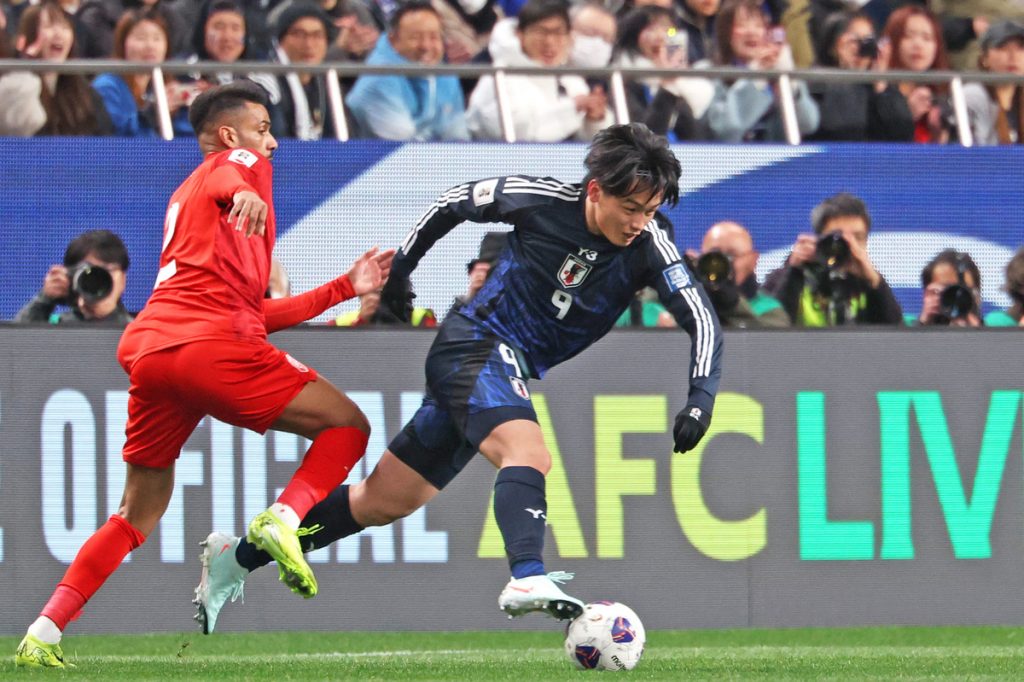
The final point of praise for Moriyasu goes to the way he focused his team. As the highest-ranked team in the group, Japan was expected to win most of the matches it played. This can sometimes create complacency, which leads to performance levels dropping. Moriyasu managed to make sure this wasn't the case with his team, thus delivering a stress-free qualifying campaign.
Japan Has Impressive Squad Depth
For many nations, squad depth is an issue. Every manager has his preferred starters, but if a few are unavailable, then teams tend to struggle. Japan seems to be building a culture of prevention against that tendency.
In five of the seven qualifiers being looked at here, goals were scored by second-half substitutes. Ogawa's goals when starting in place of Ueda were important, but he had already shown his worth by netting off the bench in the away fixtures against Bahrain and Saudi Arabia.
While Ueda is clearly the manager's favored starting striker, Ogawa has emerged as an able deputy. Having two strikers who can be relied on for goals is a luxury most managers at the international level crave.
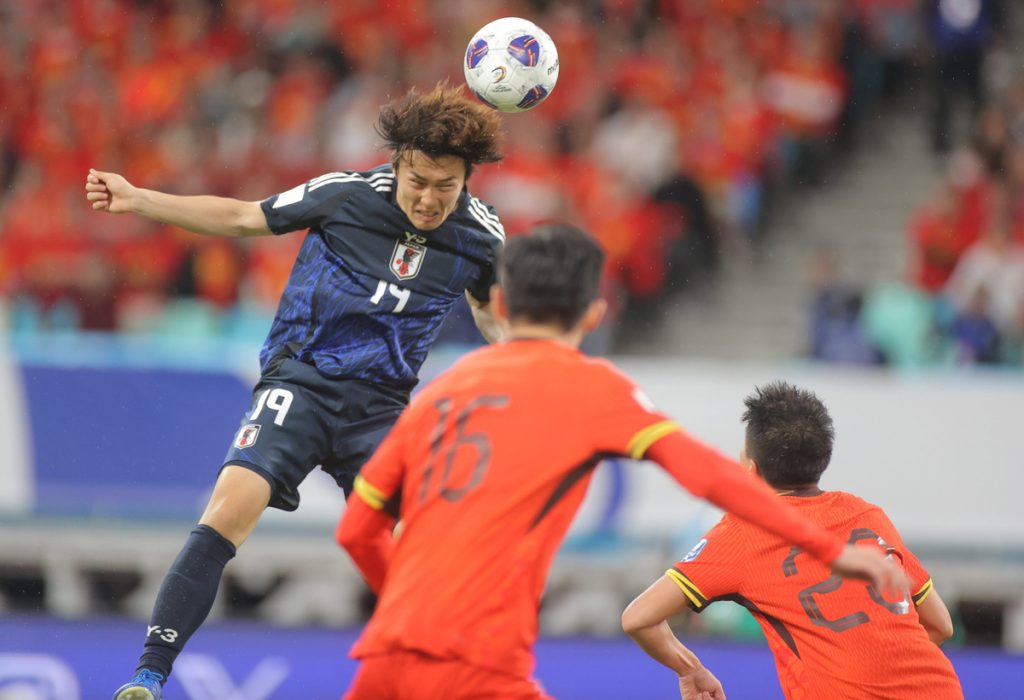
Junya Ito has been another important squad player for the Samurai Blue during this campaign. He started away to China in November, but in every other game, he came off the bench and performed well. Ito scored at home against China and provided an assist against Bahrain in March.
With Minamino, Kubo and Kamada competing for two positions within Moriyasu's preferred formation, one of these quality players is always going to look to make an impact from the bench. Each player contributed well during the qualifiers ― Minamino scored three goals, Kamada netted twice, once from the bench, while Kubo found the net twice in the six matches he featured in.
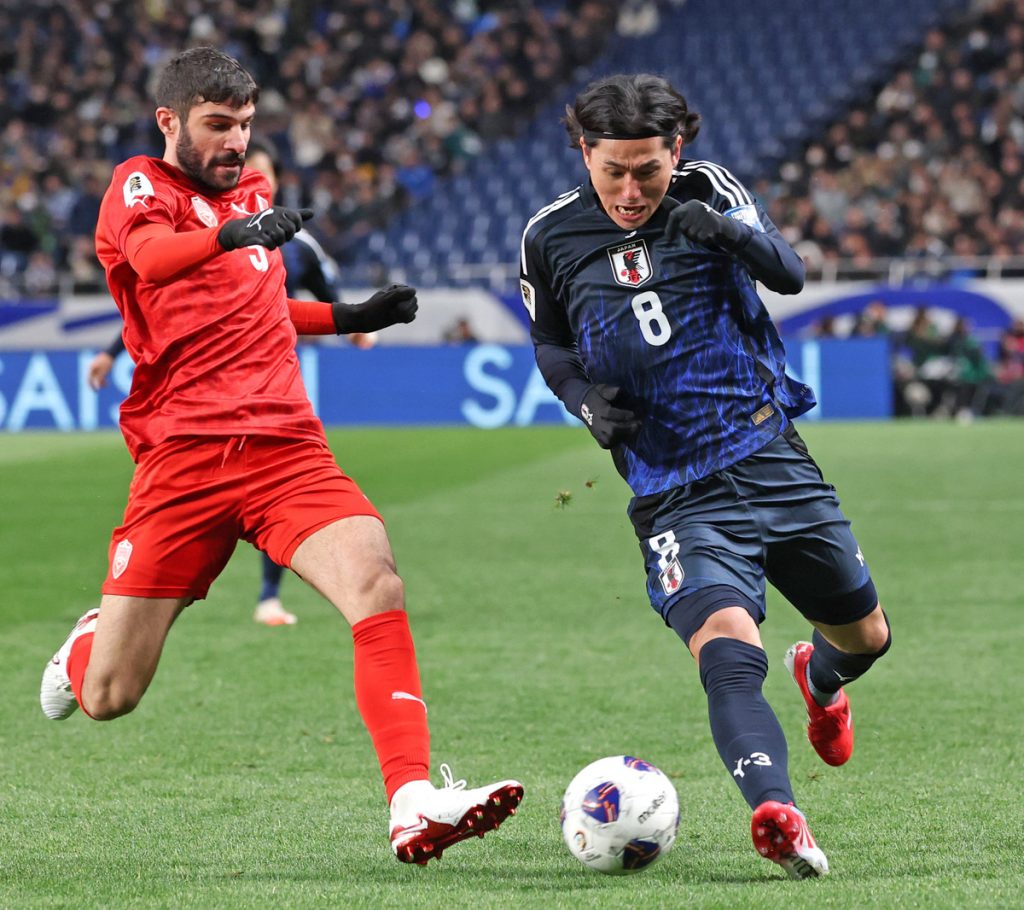
Defensive cover has been provided by Daiki Hashioka, Ayumu Seko and Hiroki Ito during the campaign, meaning Moriyasu has a decent roster of defenders he knows are comfortable playing as part of a back three moving forward.
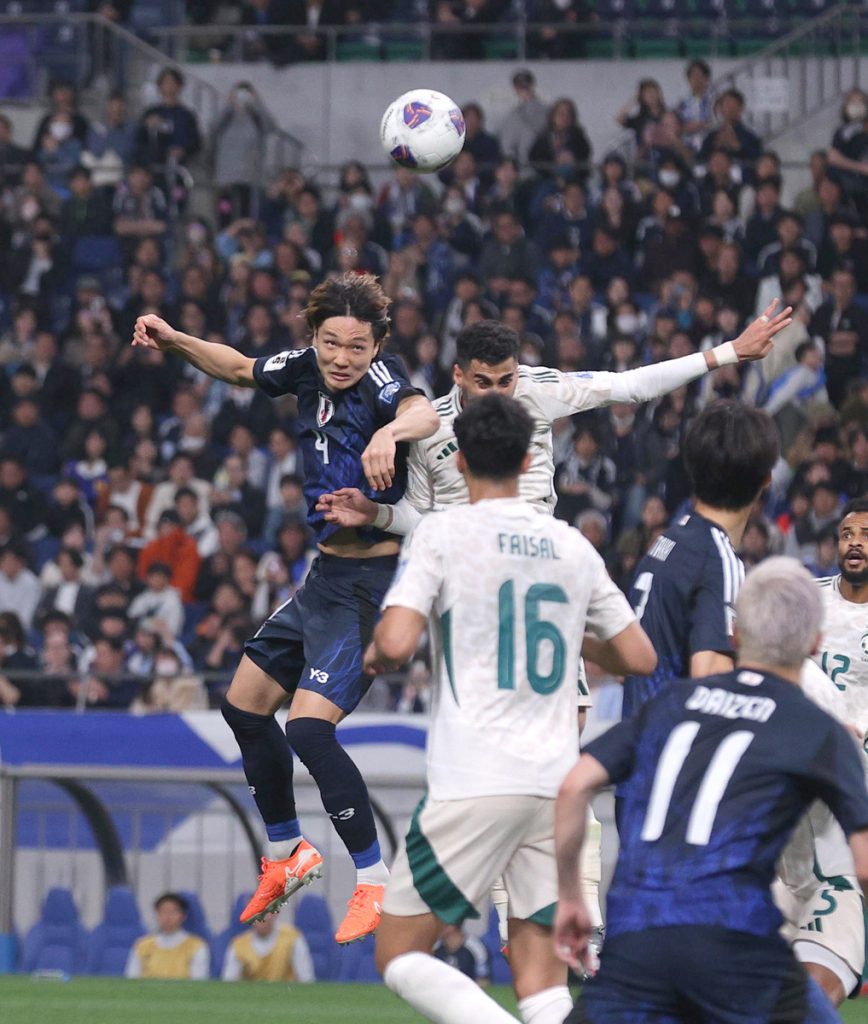
Highlighting Three Outstanding Players
It might not be the glamorous side of the game, but preventing the opposition from scoring goes a long way toward helping a team be successful and shouldn't be overlooked.
Defensive mainstay Itakura deserves praise for his performances in qualifying. Ever present in the starting lineup, Itakura played almost every minute of the seven key qualifiers and offered a steady defensive presence throughout. To top things off, he scored the vital second goal in the away fixture against China, which gave Japan some breathing space in that match.
Playing a 3-4-2-1 formation places a burden on the two central midfield players. Often they need to cover the wider areas when the wing-backs are attacking, along with doing the regular midfield tasks of helping out defensively and supporting the attackers. Morita and Endo, who started as the midfield duo in five of the seven matches, both performed at a high level and worked well together.
Endo, as captain, provided a steady influence in helping to win possession in midfield and managed to score in the opening fixture against China.
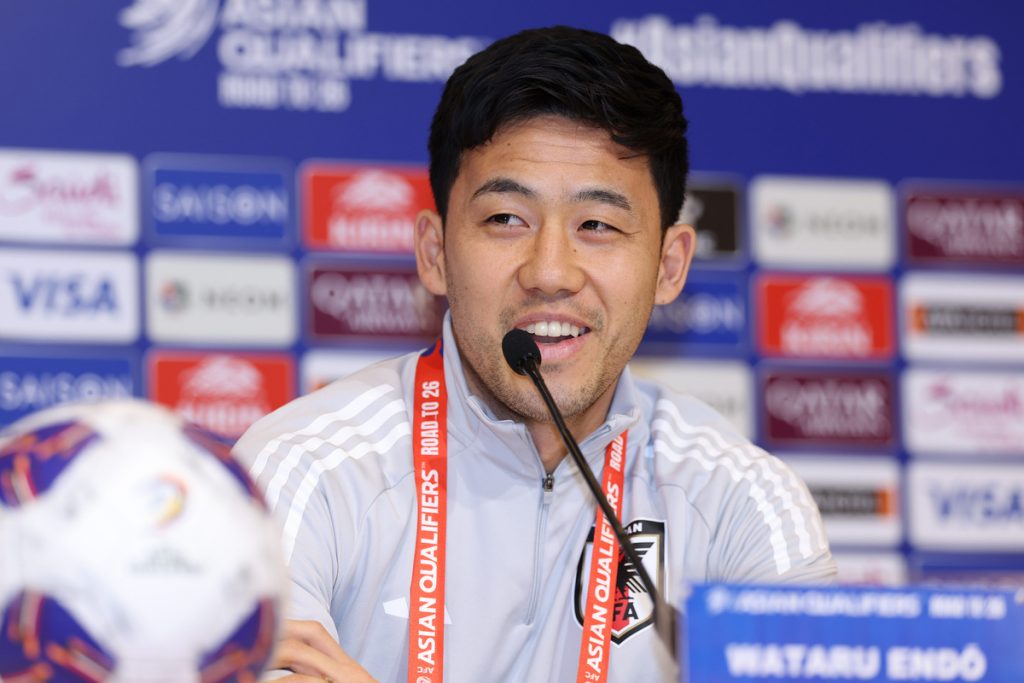
Speaking after qualification was secured, Endo said, "We are aware that this is just the beginning, not the end."
The captain stated the ultimate aim for Samurai Blue as he continued: "I want to reiterate, not only to the players but also to the fans, that our ultimate goal is to win the World Cup."
Morita, at 29 and approaching his peak, is a dynamic midfielder who can do it all. His high-level performances in the six matches he featured in really stood out throughout the campaign. Morita contributed three goals, and in the match against Australia he was, by far, the best player on the pitch.
After Qualification
Japan still had three matches to play to complete the qualifying campaign. One of these games was played a few days after qualification was secured ― a 0-0 draw at home to Saudi Arabia on March 25.
The Samurai Blue will round off its World Cup qualifiers by facing Australia away on June 5 before returning home to finish the campaign against Indonesia on June 10.
These fixtures, along with the friendly matches it organizes before the World Cup, will act as preparation for next summer.
With qualification achieved, it's never too early to start planning ahead. Moriyasu will perhaps look at some different players and maybe alter his formation from time to time in case a backup plan is required when facing tougher opponents at the World Cup.
Moreover, from now until June 2026, there is time to work on making the Samurai Blue even stronger for the challenges they will meet in North America.
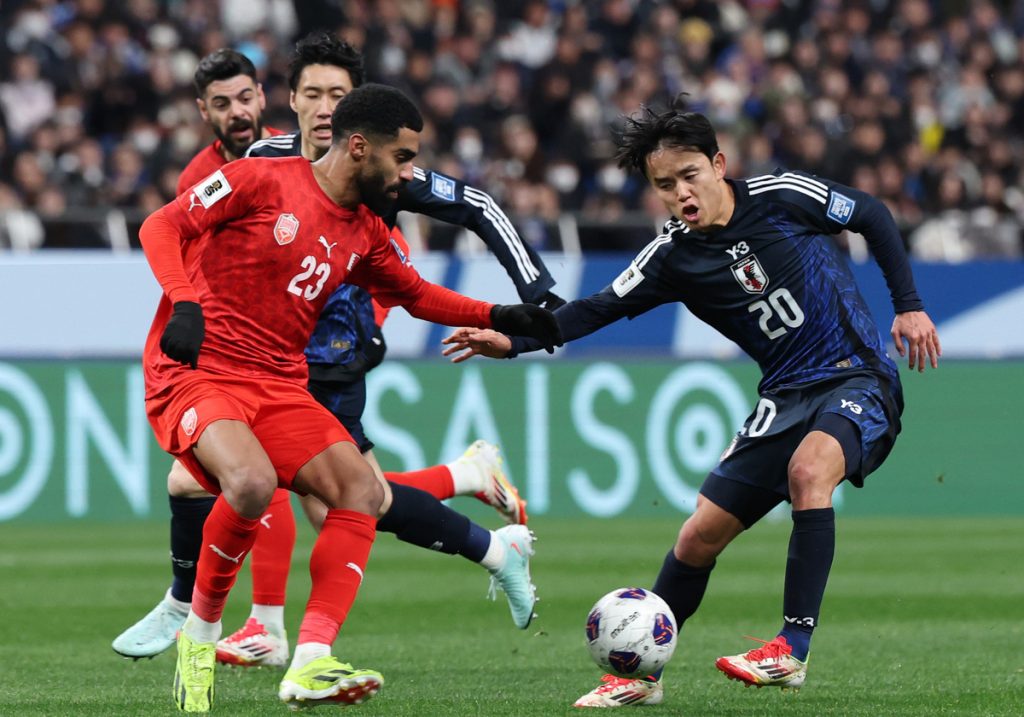
RELATED:
- Japan Clinches 2026 FIFA World Cup Berth by Beating Bahrain
- Zion Suzuki is Embracing a Brand New Challenge in Serie A with Parma
- From Unheralded to Indispensable: For Wataru Endo, a Season to Remember with Liverpool
Author: Colin Morrison
Morrison is a freelance sportswriter. Find his stories on SportsLook. Writing since 2016, his byline currently appears on FightsATW.com where he covers boxing. Morrison has previously written for NYFights.com and spitballingpod.com. His main areas of interest are boxing, soccer, golf, and rugby union. Morrison is from Scotland and can be found on X (formerly Twitter) @Morrie1981.

Nagoya Basho Tournament Records
| Day | Opponent | Result |
|---|

















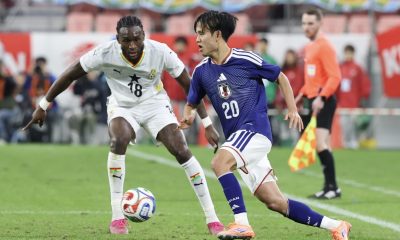

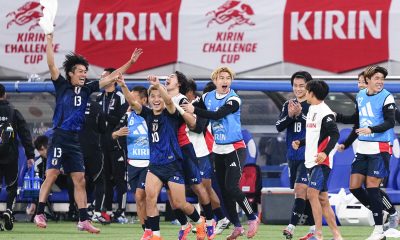

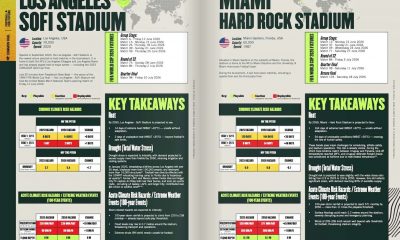

You must be logged in to post a comment Login